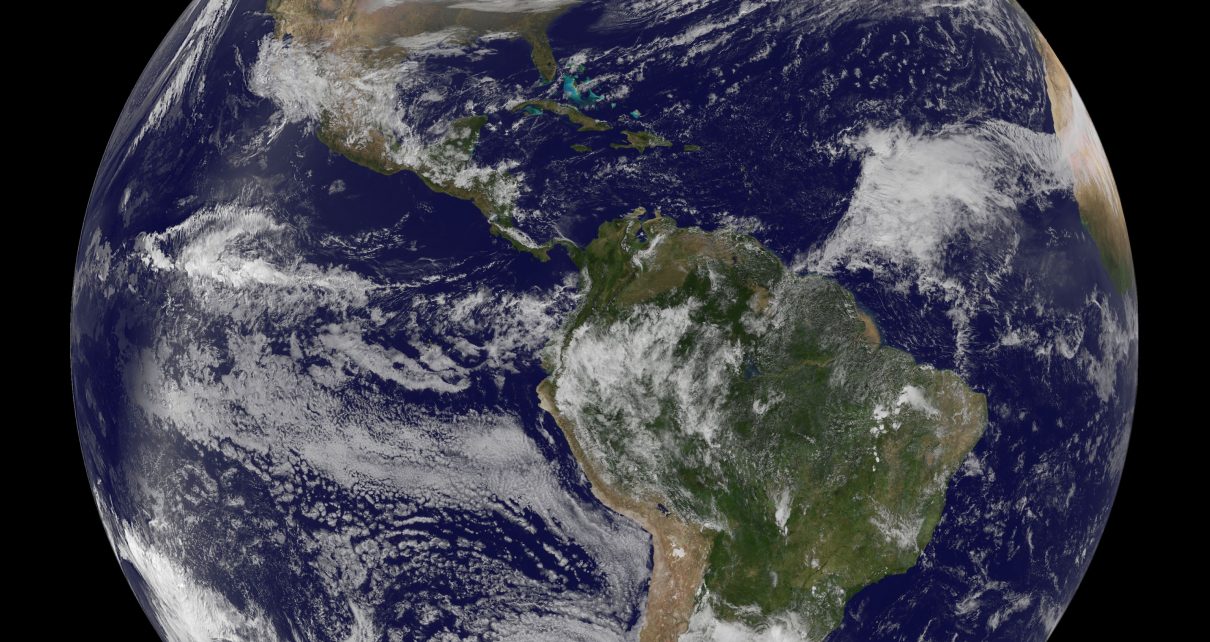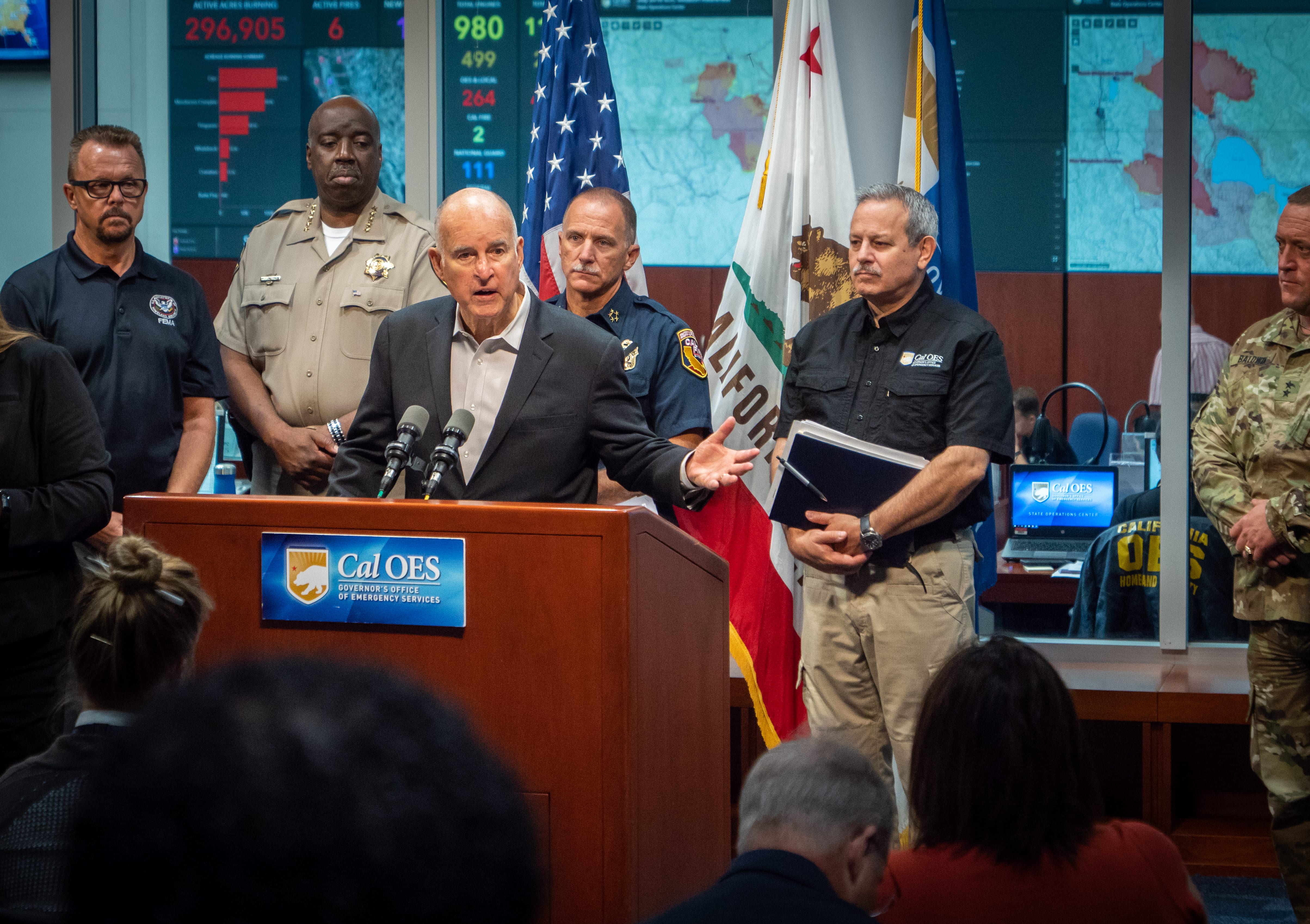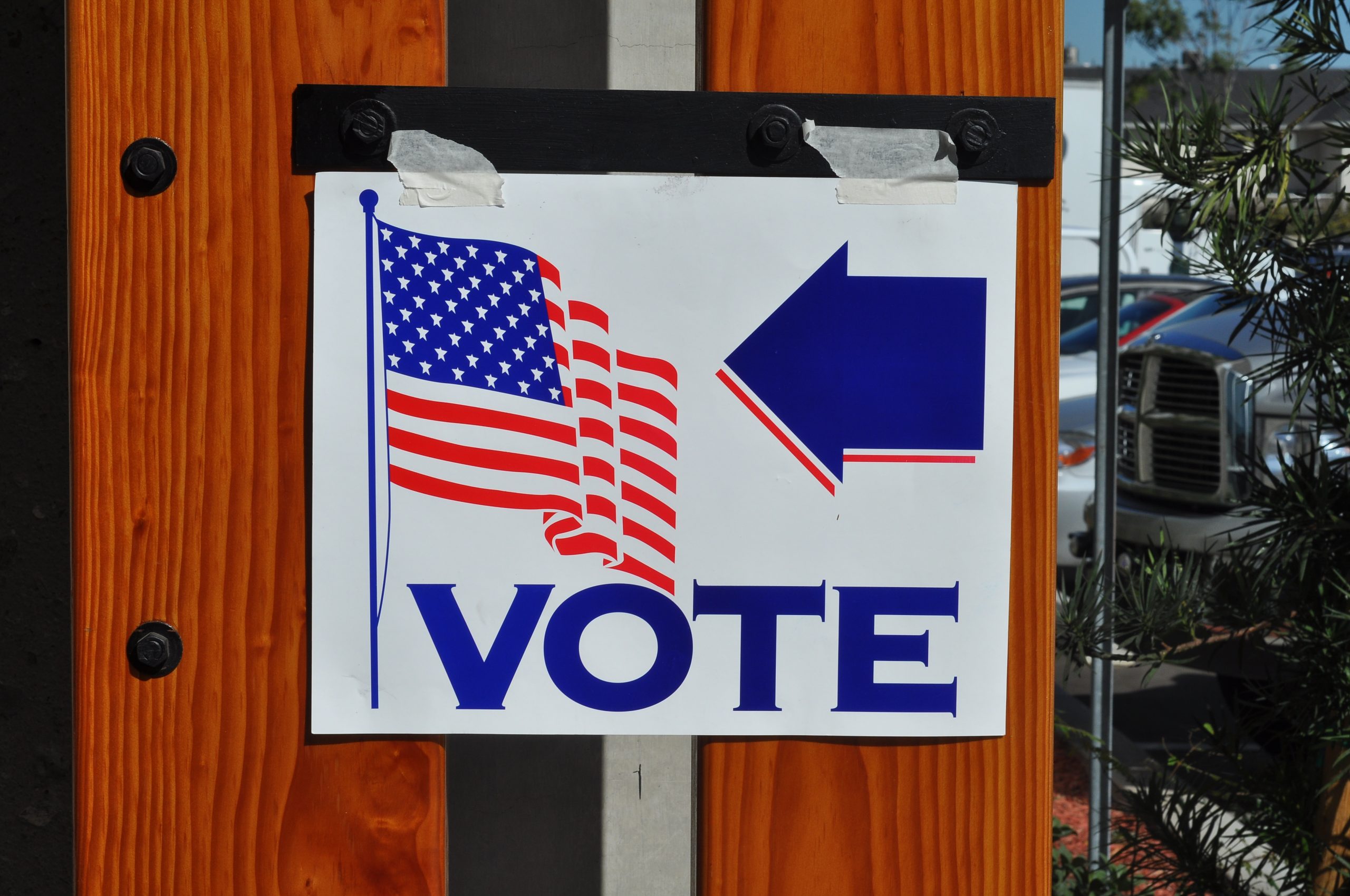
DSCOVR’s Vision of Earth. (Photo: NASA.gov)
Climate Change, Climate Change, Climate Change!
A matter of saving the planet or redistributing its wealth?
By Martin Marks, April 11, 2022 11:07 am
Over the last several months or longer, if one were to peruse any one of California’s most read newspapers, the one topic that would most certainly be referenced at least once each and every day would be the (and excuse the expression here) hot topic of Climate Change. Go ahead and try it. Navigate to the online search function of the LA Times, or the San Francisco Examiner, or the San Jose Mercury-News and enter the key phrase “Climate Change.” Go back as far as you like……………. See? Every day.
Whether it be news stories or editorials, which of course are at times difficult to distinguish between, on the California drought, or wild fires, or escalating gas prices, or sea rise, or rolling blackouts, or tropical storms, or grape harvest yields and winemaking, or barley harvest yields and beer making, or the ski industry, or animal species endangerment, or beekeeping, or seasonal allergies, or the war in Ukraine, or systemic racism, or homelessness, or bad hair days, the subject of climate change is bound to make an appearance.
And in just about every reference to Climate Change or Global Warming, the cause and ultimate remedy directs us to the use of fossil fuels since the Industrial Revolution and resultant emissions of greenhouse gases into the atmosphere. It is rarely if ever noted that Earth’s climate has been in a constant state of flux prior to the Industrial Revolution which of course was due to natural phenomena such as solar activity above, and volcanic activity below. And certainly, these natural climate changing phenomena are still with us today. For instance, the amount of Carbon Dioxide (CO2) spewed into the atmosphere by the eruption of the Tonga volcano in January was 2 parts per million (ppm), which is an entire year’s worth of emissions on Earth.
There are no doubt reasons that the natural causes of Global Warming tend to receive relatively lesser attention. More on that later.
But even if we were to accept that the warming of the planet, which has led to so many deadlines for action to avoid catastrophe—which have come and past, is solely due to the activities of humankind, what is to be done? The answer we are continually given is to reduce the emission of greenhouse gases into the atmosphere.
In 1997, the Kyoto Protocol to the United Nations Framework Convention on Climate Change (UNFCCC) was adopted. It aimed to reduce the emission of gases that contribute to global warming. The protocol called for reducing the emission of six greenhouse gases in 41 countries plus the European Union to 5.2 percent below 1990 levels during the “commitment period” of 2008–12. The protocol was to hold “developed countries” to mandatory emission-reduction targets, which varied depending on the unique circumstances of each country. Other signatories to the UNFCCC and the protocol, consisting mostly of developing countries, were not required to restrict their emissions. There were several ways to comply or gain credit toward meeting the protocol including having a developed nation “invest” (read: wealth transfer) in technology and infrastructure in less-developed countries.
Kyoto was doomed for failure at the outset, most importantly because China, the world’s greatest polluter and source of greenhouse gases was deemed a developing country and not bound by the agreement. And the United States, the second greatest producer of the gases, was not going to participate if our rival China was not held to account. The third largest polluter was India, also exempted because of their developing nation status. Additionally, and ultimately, most of the signatory nations failed to meet their pledged goals.
It was in Paris in 2015 that all 196 signatories of the UNFCCC signed a global but non-binding agreement to limit the increase of the world’s average temperature to no more than 2 °C (3.6 °F) above pre-industrial revolution levels. It also mandated the establishment of a fund by developed countries that would contribute $100 billion by 2020—and would then be replenished annually by developed countries—to help developing countries adopt non-greenhouse-gas-producing technologies.
Once again, the world’s greatest polluter China was given a pass on the agreement. In fact, by virtue of the Paris accords, China will actually be allowed to increase its greenhouse gas emissions through 2030. And not too surprisingly, the nations that did sign on in Paris are failing to reduce emissions as promised—some of which are instead realizing an increase since their signing. Accordingly, President Donald Trump soon after taking office in 2017 had the U.S. withdraw from the Paris Agreement claiming it would undermine the American economy and put our nation at a permanent disadvantage to our economic rivals.
To claim that these two worldwide agreements facilitated by the United Nations have been failures would be accurate. To regard as outright virtue signaling farces most nations’ signings and subsequent efforts to abide by its commitments, would be nothing short of apt. Yet, even if we were to accept the United Nations’ and anyone else’s advocacy for managing the Earth’s temperature as sincere, it is difficult to ignore the apparent economic motivations in play. Consider:
At a news conference in Brussels, Belgium in 2015 just prior to the Paris Agreement signings, Christiana Figueres, executive secretary of the UNFCCC at the time, provided the following statement:
“This is the first time in the history of mankind that we are setting ourselves the task of intentionally, within a defined period of time, to change the economic development model that has been reigning for at least 150 years, since the Industrial Revolution,”
Quite telling, especially coming from a woman who was also quoted in a 2015 New Yorker Magazine article saying,
“I’m very comfortable with the word ‘revolution’. In my experience, revolutions have been very positive.”
And then there’s former Secretary of State John Kerry. Kerry was appointed by President Joe Biden as Special Presidential Envoy for Climate after Biden announced on his first day in office that the U.S. would rejoin the Paris Climate Agreement. Just last month Kerry announced that “rich nations” will finally be able to meet the $100 Billion annual contribution to help poor nations cope with Climate Change, noting that President Biden has pledged to quadruple our annual contribution to the fund over levels initially sought by President Barack Obama.
But Kerry went further by stating that to totally fund the economic transition that all countries must make to tackle climate change:
“it’s going to require not just $100 billion but trillions of dollars.”
Are we seeing a pattern develop here? As well-known pop star and activist Sean “Puff Daddy” “P Diddy” Combs famously crooned, “It’s all about the Benjamins.”
By all means, watch your thermometers—but also keep a firm gaze upon your wallets.
- Vice President Vance Visits The Golden State - February 22, 2025
- Is DEI Ready To DIE? - January 4, 2025
- Just How Effective Was The Abortion Debate in The 2024 Election? - November 18, 2024





Thank you for pointing out the elephant in the room, which is that this is nothing more than a human-created crisis NOT from burning fossil fuels, but from burning through cash. Many of the people involved get a cut of the action–high salaries, posh lifestyle, a transaction fee for each deal…the list goes on. Weather along California’s coast is more likely to be impacted by Tonga’s volcano than our cars. In fact, the lockdown proved that fewer cars on the road had no lessening of the dreaded CO2 in our air. Solar and wind and batteries are manufactured using high amounts of those fossil fuels, just not in your back yard. But the earth spins every day, and you are polluting the air more for your coveted smartphone and EVs. This is a complicated issue, and soundbites from the media do us all a disservice.
You are not entitled to your own facts.
Anthropogenic emissions are 100 times all the world volcanoes.
The lockdowns associated with COVID did reduce emissions.
PVs payback their emissions costs in aa fraction of their lifetime.
EVs produce far less CO2 over their lifetimes than ICE vehicles.
I guess your making those claims make them facts. You should try engaging in some research, but it sounds like you are a product of public schools.
We could see some correction to the “climate change crisis” if a tsunami were to hit the California coast. Mostly southern but the central and northern are also plagued but I think to a lesser degree but I could be delusional due to geographic location.
My neighbor knows a gentleman that operated a crane and lifting company that had construction companies and other industries as clients. He would move his two 4.5 million dollar cranes dozens of miles on the highways of L.A. to a site where they would sit for days moving heavy machinery or other objects around. The State of CA told the company’s owner that beginning some time this year, CA emissions rules would make it illegal for him to operate his cranes in the state. Yes, rules that don’t include grandfathering older equipment. He asked the state bureaucrat what he should do with his cranes. He was told to move them out of state or buy new ones that comply with the new emissions rules. So, he sold them out of state, closed his company and laid off dozens of employees making $150+/hour in salaries. He is now retired and planning to move out of CA. And CA voters keep humming along and voting DemocRAT as if economic collapse is not imminent in this state.
Thanks for sharing that story.
Comrade
Best post of the year…..Thks
Didn’t y’all know that the main cause for climate change was California not having an official milkshake???
https://californiaglobe.com/articles/california-lawmaker-proposes-official-state-milkshake/
A few things the other gets wrong:
Earth’s climate was in a slight cooling trend for a couple of thousand years leading up to the industrial revolution.
The change in CO2 caused by the Tonga eruption, from his own reference, was a local change, not global. Globally, anthropogenic emissions are about 100 times all the world’s volcanoes put together.
The increasing greenhouse effect of increasing CO2 has been directly observed.
His argument comes down to, we haven’t been doing enough; therefore, we should do less.
Most of the people that know me, know that I am definitely predisposed towards the preservation of our environment. I support the idea of population control and the reduction of waste in industrial processes. In fact, I feel that there is no such thing as “waste”. What we term “waste” in one process is actually the feedstock for some other process. I believe that we will have to demand that all new industrial plants utilize ALL of the raw materials which are taken in to produce usable products, with nothing rejected as waste (something which cannot be used without some further processing, or is a hazardous and unusable material).
I am concerned that there are certain agendas in the environmental movement which are untrue and divert a considerable amount of valuable resources from the real issues which need attention. These agendas benefit a small group at the expense of us all, and in some cases are downright detrimental.
Here are three major ones, which I could call the Great Myths of Modern Environmentalism.
1. The Great “Global Warming” Myth
2. The Great “Hole in the Ozone” Myth
3. The Great “Your Car Causes Smog” Myth
Owsley Stanley
http://www.thebear.org
Notice how China and India are given a pass to pollute to their hearts content, while useful idiots like Chris cry about “anthropogenic emissions”…
The hole in his logic was exposed in his claim that a cooling period led up to the Industrial Revolution.
Well, now we’re in a warming cycle and tree rings from deep below Lake Tahoe have shown that similar warming cycles existed long before “greenhouse gas emissions” and “anthropogenic emissions”, whatever those are…